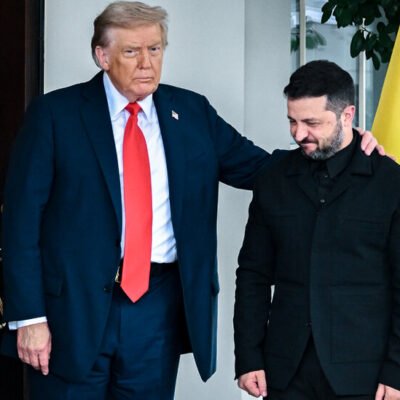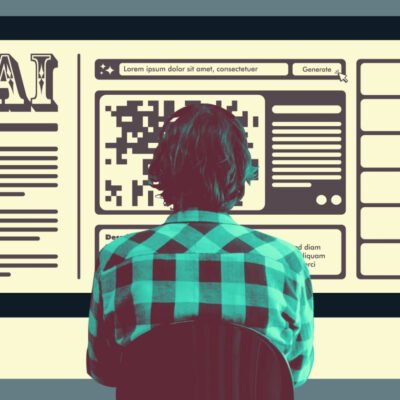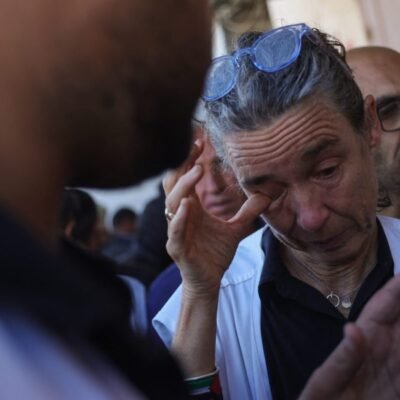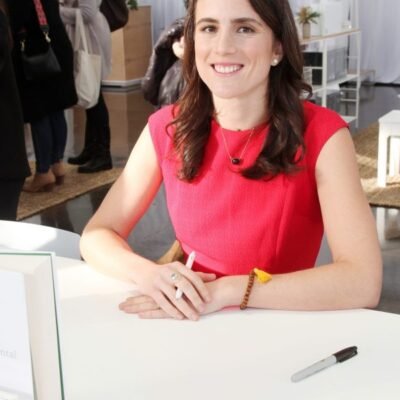
The U.S. and European Union agreed on trade terms that include a 15% rate on most EU products as well as hundreds of billions of dollars of investments in American industry.
President Donald Trump and European Commission President Ursula von der Leyen met in Scotland on Sunday to iron out the agreement.
Trump said the EU will invest $600 billion in the U.S. and buy $750 billion of U.S. energy, with “vast amounts” of American weapons also in the mix. He also said the EU will drop tariffs on U.S. imports to 0%.
Von der Leyen said the 15% rate was “all inclusive,” but Trump said later that it didn’t apply to pharmaceuticals and metals.
“I think that basically concludes the deal,” he told reporters. “It’s the biggest of all the deals.”
A deal with one of America’s biggest trade partners removes a key source of market uncertainty and removes the threat of a damaging trade war.
Michael Brown, senior research strategist at Pepperstone, said in a note that European carmakers are among of the big winners from deal as tariffs on autos will drop to 15% from the current 25%, securing a similar carveout that Japan obtained last week. U.S. defense and energy stocks also stand to gain.
“Stocks hardly need much of an excuse to rally right now, and agreement of the ‘biggest ever deal’ – Trump’s words, not mine – not only removes a key left tail risk that the market had been concerned about, but also yet again reiterates that the direction of travel remains away from punchy rhetoric, and towards trade deals done,” he wrote.
Heading into their meeting, Trump and von der Leyen said they saw a 50-50 chance of reaching a deal. Trump ruled out pharmaceuticals from any deal and said the tariff rate on the EU wouldn’t go below 15%.
The EU already faces a 50% U.S. tariff on steel and aluminum. Without a deal by Aug. 1, the EU was set to get hit with a 30% “reciprocal” tariff, up from 10%.
Last week, Trump reached a trade with Japan that set a 15% rate and included a pledge for Tokyo to invest $550 billion in key U.S. industrial sectors, with Trump able to direct the funds.
Treasury Secretary Scott Bessent said Japan’s investment offer was key to clinching a trade deal and suggested it could help other countries get a comparable rate, though Wall Street analysts have expressed skepticism that the money will fully materialize.
In fact, Trump has hinted that the EU would have to “buy down” the threatened tariff rate of 30% and pointed to the Japan deal.
In case no deal with the U.S. was made, the EU had already pre-planned retaliatory tariffs of up to 30% on more than $100 billion worth of goods American exports, such as aircraft, cars and bourbon whiskey.
Meanwhile, other U.S. trading partners are also staring down the Aug. 1 deadline, and Commerce Secretary Howard Lutnick said Sunday that no further extensions will be given.
But the U.S. and China are reportedly extending their trade truce by 90 days as talks between Bessent and Chinese Vice Premier He Lifeng scheduled to start on Monday in Stockholm. Without an extension, their tariff pause was scheduled to end on Aug. 12.





